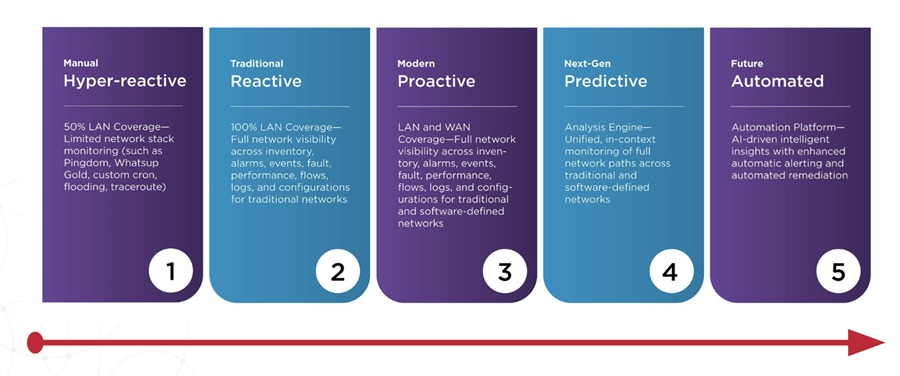
The Internet of Things (IoT) is about connecting virtually any “thing” or machine. They could range from personal wearables to smart homes, smart cities’ infrastructure, utilities, transportation, and manufacturing. The IoT is far bigger than the Internet of people, and it’s growing fast. Gartner says the IoT will grow 30 percent in 2016, reaching 6.4 billion devices, with more than five million new devices connected daily. It’s expected to continue growing to 20.8 billion devices by 2020.
You already see the potential of adopting an Internet of Things model into your enterprise, but are you doing it in the best way? The following are four questions you and your team should be answering to determine how to find the right opportunity in the IoT space for your business.
1. What is the Internet of Things?
First things first. Defining the Internet of Things, and establishing its context to your framework is instrumental in determining your potential with IoT. Gartner defines the IoT as “the network of physical objects that contain embedded technology to communicate and sense or interact with their internal states or the external environment.” Verizon identifies three characteristics of IoT devices:
■ Aware: The devices include sensors that report information about their surroundings.
■ Autonomous: IoT devices are connected and automatically transfer information to a central location or application for processing.
■ Actionable: The information collected is integrated into business processes for decision making.
2. Is your software configured to connect with the IoT?
Talking about the IoT in terms of things makes it sound like the IoT is all about physical hardware. While the IoT doesn’t exist without sensor-based devices, the devices don’t actually function without software. Most IoT devices have a user interfaced website or smartphone app where the user can manage configuration settings and review activity. Some IoT devices have more sophisticated analytics that gather big data and crunch the numbers to make decisions about what the device should do or present insights to business management.
While building the software that runs on a device may require specialized skills for embedded programming, the backend processes are conventional software applications with common software development concerns, including performance and ease of use. The usual security concerns around software become even more important with the IoT, as software controls devices in the real world and security failures can impact physical systems.
3. Do your team’s technical capabilities scale with the needs of the IoT?
Technology developments now make dealing with the technical challenges of IoT devices easier. Platforms like Raspberry Pi provide low-cost boards equipped for IoT development. Low-power sensors and new low-power communication technology, such as LoRa, mean the limited power available to IoT devices does not limit functionality. Sensors and circuits are shrunk to the point that they fit into devices a person is willing to wear.
On the software side, companies have made platforms to create a standardized environment for IoT development. Applications can use RESTful APIs or lightweight protocol, which were designed to work where memory and network capacity are limited.
Both Amazon Web Services and the Google Cloud Platform offer features explicitly intended to meet the needs of IoT applications, including both real-time communications with IoT devices and performance of the big data analytics necessary to make sense of data once it accumulates. Combined with the hardware platforms, these services make it easy to get started prototyping a device and its software. Because prototyping platforms are scalable, if an idea is not successful, it is easy to continue developing it and create a robust product without throwing away the work that was already done.
4. How does it create a ROI for your business?
Customer-generated data collected by IoT devices offer companies insight into customer behavior and create additional selling opportunities. They provide an in-depth insight that provides opportunity for companies to forecast everything from product roadmaps to market leverage. There are four main kinds of benefits for businesses:
■ Improvements in operational efficiency and asset utilization: Companies gain the ability to manage equipment remotely and schedule preventive maintenance to eliminate downtime. The IoT can also help with optimizing supply chains and loss prevention.
■ An outcome-based business model: The tracking and monitoring enabled by the IoT lets companies change the way they sell equipment. The use of sensors allows them to sell based on usage and quality level, allowing capital goods to adopt the “as-a-Service” model that’s become popular for software.
■ Analytics-based controls: Combining analytics with smart devices will let companies fine-tune control over their processes. Adjustments can be made in real time to ensure continued production and compliance with environmental standards.
■ Improved work efficiency: Smart devices will allow increased collaboration between workers and equipment, improving productivity.
Saba Anees is the Content Marketing Specialist at AppDynamics.


